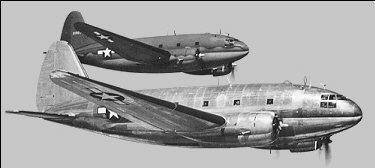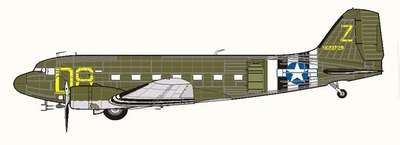Pioneer In Early Aviation, Firefighting Efforts
 One of Idaho's legendary aviators
has died. Jim Larkin passed away on May 9 in Boise, after battling
cancer. He was 85.
One of Idaho's legendary aviators
has died. Jim Larkin passed away on May 9 in Boise, after battling
cancer. He was 85.
Larkin was actively involved in Idaho aviation for more than 65
years. He was introduced to aviation by his mother, "Ma Larkin,"
who loved the thrill of planes. She arranged a ride in barnstormer
Eagle Rock biplane for Larkin as a child and he was hooked.
Larkin's flying career took off in 1937 when he completed his
military training at the top of his class. He completed Civilian
Pilot Training then moved on to United States Army Air Force
Instructor School at Randolph Field, TX. He was assigned to the
Rankin Aeronautical Academy, flying the Stearman PT-17, then moved
on to Air Force Air Transport Command, 6th Ferry Group, stationed
in Long Beach, CA where he ferried all manner of aircraft all over
the world.
After high-altitude training in the C-46 Curtiss Commando, he
was assigned to China-Burma-India Theater (CBI) at Mohanbari,
India, flying "Hump Runs" to Western China and Burma. During that
time, most CBI flying was supporting Chang-Kai-Chek and Chennault's
Flying Tigers.

Larkin's post-war life included the purchase of a 1932 UMF Sport
Waco with his brothers that reportedly belonged to movie star and
pilot Brian Aherne (1902-1986) at one time. Ever the innovator,
when it was realized there was no place to keep the plane, he and
his brothers simply converted the family farmland into what is now
the Donnelly airport.
Larkin started timber spraying before working for the Johnson
Flying Service until 1956 then, later, his own Larkin Aviation. For
many years, Larkin's skill and passion made him a highly
sought-after backcountry pilot. He provided a critical link for the
isolated ranchers and homesteaders in the Frank Church Wilderness
and Sawtooth Mountains.
He delivered mail, performed downed-pilot rescue, delivered
medical supplies, and served as a lifeline for the mountain
communities. He built many life-long friendships and was always
willing to share what little he had to help someone else.
Larkin put his backcountry expertise to the test, when he moved
to Alaska flying the last remaining Cunningham-Hall PT6-F
freighter. The unique abilities of this old biplane led to
employment with Region 4 United States Forestry Service in 1957
flying smoke jumpers.
While with the USFS, Larkin was designated director of the
Western Zone Air Unit, acquiring the national infrared fire-scan
imaging program, the National Radio Fire Cache, and supervision of
Region 4's in-house air operations.
In 1964, Larkin joined the newly-formed Boise Interagency Fire
Center from which he retired in l978 as Director. The BIFC is now
known as the National Interagency Fire Center. In 1960, he made the
first "Super Tanker" mission flying on a wildfire near Trinity
Mountain, east of Boise.
Larkin also graduated from Army Helicopter School. His early
spray work in the Fords and Boeing Stratocruiser led to a 1973
assignment to operate two Army C-47s in Pakistan, to help control a
massive outbreak of rice-stem borer that posed an immediate threat
to Pakistan's rice crop. Larkin received a Presidential award this
successful operation.

Just because Larkin had retired, didn't mean he had given up
flying. He continued to fly during fire season, primarily
smokejumper operations. He shared his backcountry experiences with
new pilots as an instructor with Lori MacNichol's Mountain Canyon
Flying Seminars.
He was still flying for pleasure as recently as September
2006.
Larkin's career also included other awards: Quarter Century
Award - 1966; Certificate of Merit - Dept of Agriculture; Million
Miles of Non Accident Safe Flying - 1960; 2 Million miles of Non
Accident Safe Flying; Induction into the Idaho Aviation Hall of
Fame; Wright Brothers "Master Pilot" award; and Safe Pilot Award -
1974.
 ANN's Daily Aero-Linx (04.13.24)
ANN's Daily Aero-Linx (04.13.24) ANN's Daily Aero-Term (04.13.24): Beyond Visual Line Of Sight (BVLOS)
ANN's Daily Aero-Term (04.13.24): Beyond Visual Line Of Sight (BVLOS) Airborne 04.09.24: SnF24!, Piper-DeltaHawk!, Fisher Update, Junkers
Airborne 04.09.24: SnF24!, Piper-DeltaHawk!, Fisher Update, Junkers Aero-News: Quote of the Day (04.14.24)
Aero-News: Quote of the Day (04.14.24) ANN's Daily Aero-Term (04.14.24): Maximum Authorized Altitude
ANN's Daily Aero-Term (04.14.24): Maximum Authorized Altitude





